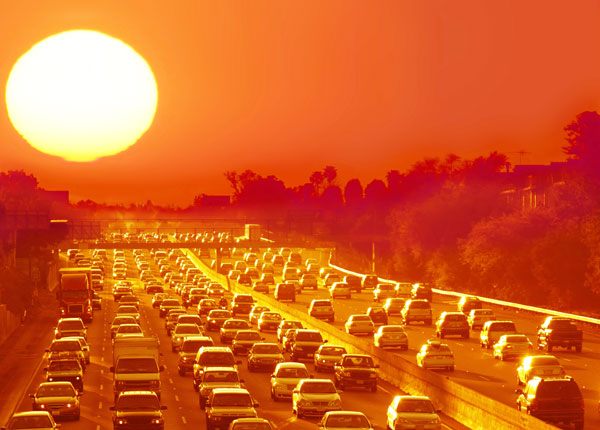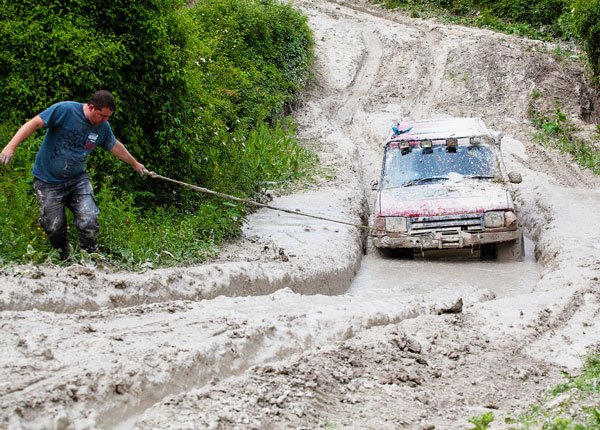
Driving in a Blizzard or Snow Storm: Safety Rules for Avoiding Accidents
Updated Nov. 16, 2020If you ever get caught in a blizzard while out in your car, be prepared for one of the most challenging driving environments of your life. Blizzards combine the limited visibility of fog with the slippery roads you can expect from ice and snow. Driving in a blizzard makes it incredibly difficult to see what is going on around you, be seen by other road users and maintain control of your vehicle.
The best defense against a blizzard is simply not to drive in one in the first place. Avoid traveling during a blizzard or if a snowstorm has been forecast, whenever possible. Your local radio station should issue severe weather warning at least 24 hours in advance. If you are already driving when a blizzard sets in, consider pulling over and waiting for visibility to improve.
Accidents and fatalities
Being forced to abandon your travel plans due to adverse weather can be frustrating, though it is always better to take defensive action and not drive during extremely snowy conditions. According to the AAA Foundation for Traffic Safety, winter storms contribute to over 2,000 road fatalities and almost half a million accidents and collisions every year.
Driving in a blizzard: safety tips
If you become stranded on the road or in a ditch during a blizzard, do your best to remain calm and remember the following safety guidelines:
- 1

Do not panic.
Stay with your vehicle rather than going off in search of help, as it will provide some shelter and make it easier for emergency responders to find you. - 2

Do not stay in your vehicle if it is in a dangerous position or is likely to be struck by other vehicles.
- 3

Be aware of over-exertion and over-exposure.
Both can kill quickly in extreme weather conditions, if you spend too much time outside your vehicle attempting to free it from the snow, or signal for help. - 4

Keep a window open to allow fresh air to circulate, even if it lowers the temperature in the vehicle.
Snow collecting on the outside of the car can completely seal out oxygen and cause suffocation, should you fall asleep. - 5

If possible, leave your hazard lights on to make your vehicle more visible to other road users and rescue crews.
- 6

If you are stranded with other people, take turns to rest and keep watch.
- 7

Always have a window open for ventilation while running the heater or the engine.
Deadly carbon monoxide could build-up in the car if the exhaust pipe is totally or partially blocked by snow. - 8

Try not to remain in one position.
Move your arms and legs vigorously and clap your hands periodically to keep warm and improve blood flow to your extremities.
Preparing for a snowstorm
Every winter, many thousands of people become stranded while driving in the snow. It could happen to you, so you must be prepared. Pack an emergency kit with provisions and tools you may need during a blizzard and leave it in the trunk of your car. Your emergency blizzard kit should contain:
- Abrasive materials that can be used to gain traction when you are stuck in snow or ice. A bag of cat litter is convenient and will do the job nicely.
- A shovel, to clear a path around your vehicle.
- Warm clothes such as gloves, snow boots, a hat and a thermal blanket.
- A flashlight and extra batteries.
- An ice scraper and antifreeze for your windows.
- Jumper cables.
- Food and water.
- Warning flares or triangles.
- A small first aid kit.
- A bright piece of cloth that can be secured to the outside of your vehicle, to make it more visible in the snow.




